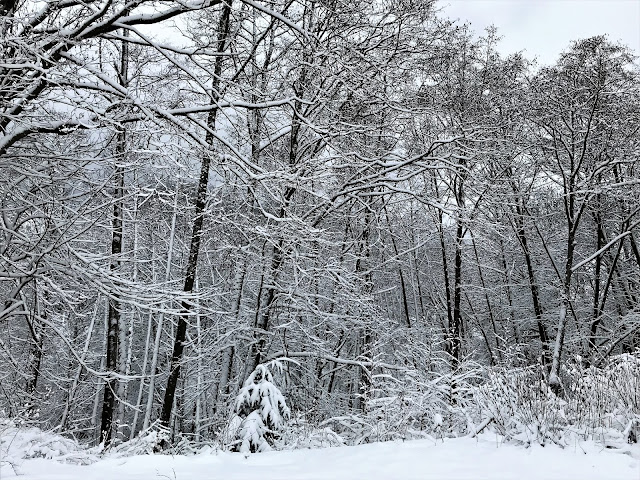Bromeliad propagation

Just before leaving for Denver last week to attend the Garden Bloggers Fling, I was in the process of finalizing an order for some hard to find bromeliad species. My visit to the San Antonio Botanical Garden last December inspired the purchase; I admired the garden's display of epiphytic bromeliads growing on tree branches, small pitchers connected by a dramatic network of long stolons. Below are the new arrivals from Michael's Bromeliads, all arrived neatly wrapped in newspaper with handwritten labels. If the offsets/pups look undersized, they should; most are mini Neoregelia species with a couple of small Aechmeas, plus an Acanthostachys for fun. Apologies for the terrible lighting. This was the bromeliad I most wanted but seemed impossible to find in the US, Neoregelia pendula var. brevifolia. Acanthostachys strobileacea arrived already in bloom, or perhaps fruit? While bromeliads are monocarpic, an unbloomed offset was also attached, so the bloom was not a cause f






